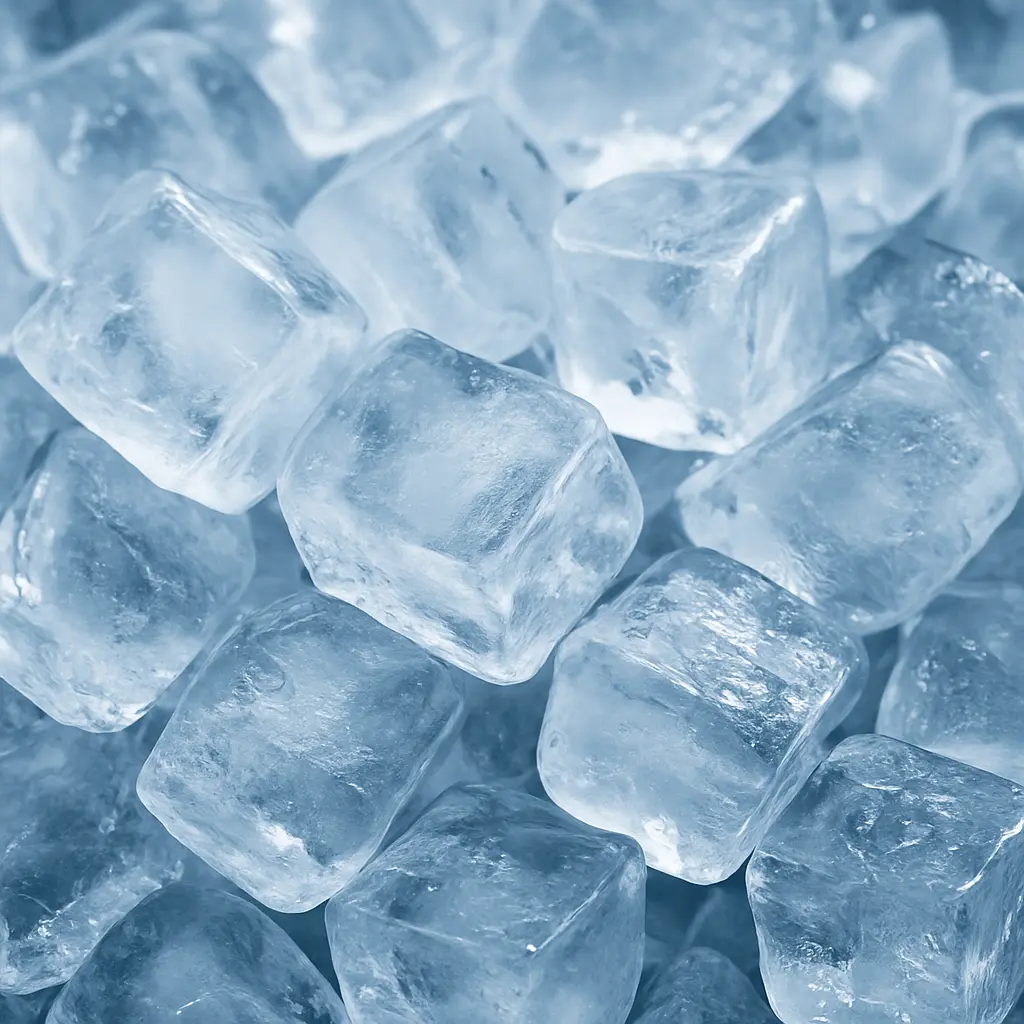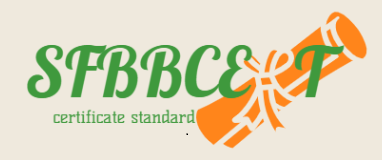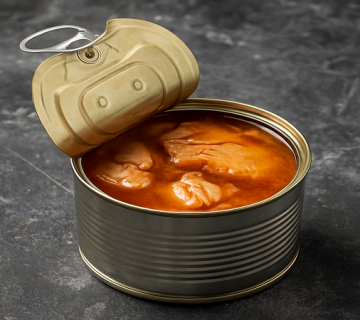Many people, when buying or using ice, only pay attention to its appearance — being clear, odorless, and colorless. However, the reality is that a clean-looking ice cube is not always safe for consumption.
In the food industry, ice is considered a food product and must be produced under the same hygienic conditions and production standards as other food items. One of the frameworks of interest in this field is the SFBB standard, which has a direct impact on the quality and safety of ice. Compliance with this standard can also make it easier for producers to obtain the SFBBCERT.
The Difference Between Clean Ice and Safe Ice
Definition of Clean Ice
Clean ice is ice that appears clear and odorless. This type of ice may seem healthy at first glance, but it can still be contaminated with harmful microorganisms.
Definition of Safe Ice
Safe ice, in addition to having an appealing appearance, is made from clean water and produced using hygienic equipment. During its production, storage, and distribution, it is subject to strict sanitary controls. Following health requirements and frameworks similar to the SFBB standard ensures that the final product is not only safe for consumption but also meets the conditions for obtaining the SFBBCERT.
Why Clear Ice Can Still Be Contaminated
Even if ice looks perfectly clear and odorless, there is still a possibility of contamination due to the following reasons:
1. Microbial Contamination
The water used to make ice may contain bacteria such as E. coli or Salmonella. Freezing does not kill these bacteria; it only stops their growth.
2. Chemical Contamination
In some areas, water sources may contain chemicals or heavy metals that remain even after freezing.
3. Physical Contamination
Small particles of sand, rust, or plastic fragments from production equipment can easily find their way into ice.
Principles for Producing Safe Ice
To ensure the production of healthy and safe ice, it is essential to follow a few key principles:
Quality of Source Water
The water source must have valid laboratory approvals. This is one of the essential prerequisites for obtaining the SFBBCERT.Equipment Hygiene
Use stainless steel ice-making machines and clean them regularly.Staff Training
Training employees in hygiene practices and up-to-date standards such as SFBB reduces contamination risks.Proper Packaging
Use approved and hygienic materials for ice packaging to prevent contact with environmental contaminants.Temperature Control
Store ice at the proper temperature (usually between -18°C and -22°C) to maintain its quality.
The Importance of Following Hygiene Standards in Ice Production
Producers who comply with hygiene requirements and international standards such as SFBB not only ensure consumer health but also enhance their brand credibility. Adhering to these principles simplifies the process of obtaining the SFBBCERT, as this certification is only granted to businesses that fully implement sanitary requirements.
Consequences of Consuming Contaminated Ice
Food poisoning
Gastrointestinal problems and diarrhea
Transmission of microbial diseases
Damage to the reputation of food businesses
Possible fines or closure of the production unit due to non-compliance with hygiene standards
Conclusion
Clean ice and safe ice are two different concepts. Just because ice looks clear and odorless does not mean it is safe. Ice safety can only be guaranteed by following strict hygiene practices, using clean water, maintaining suitable equipment, and adhering to frameworks such as the SFBB standard. In addition to protecting consumer health, these measures increase the chances of obtaining the SFBBCERT, which can further strengthen customer trust in your business.





No comment